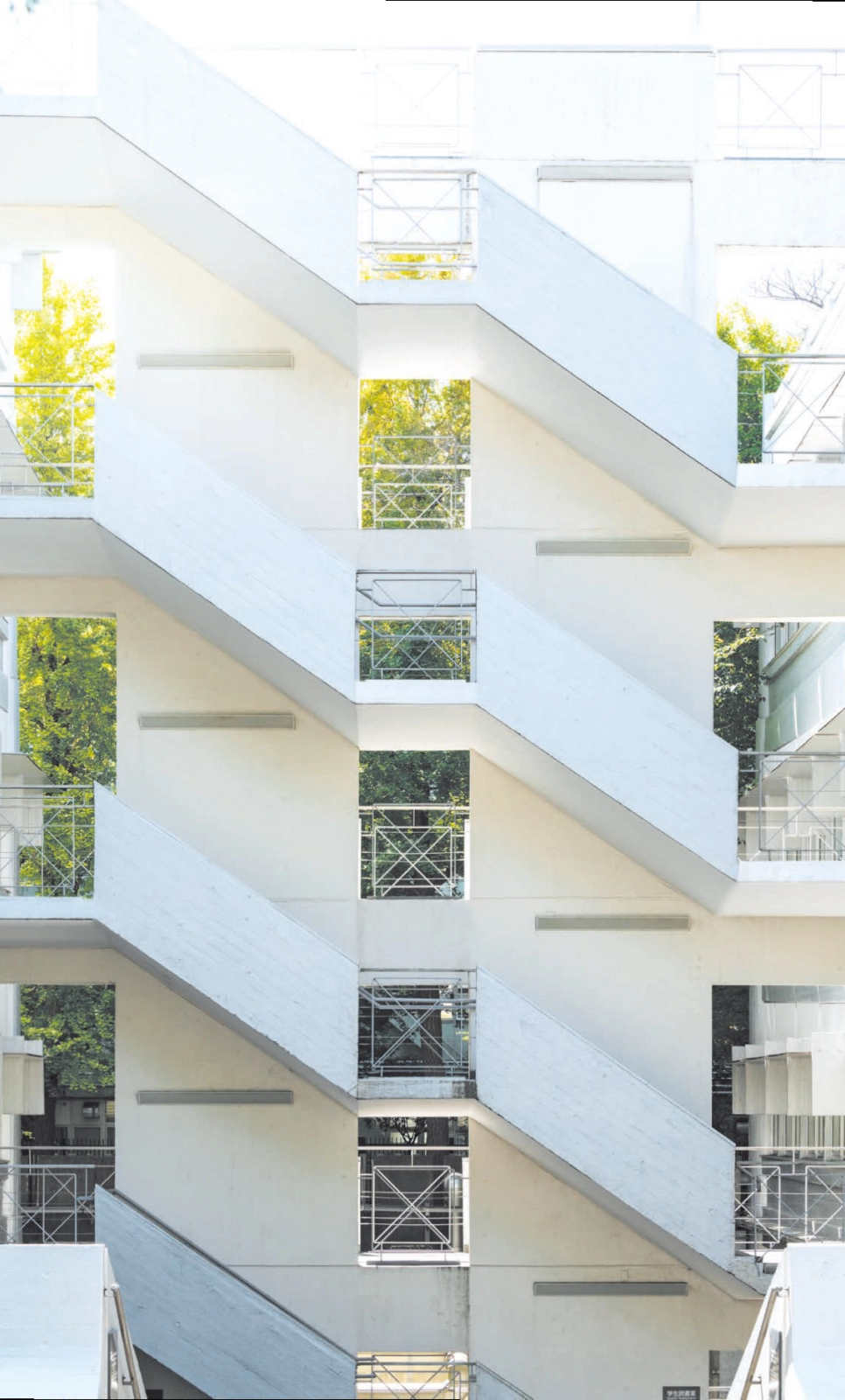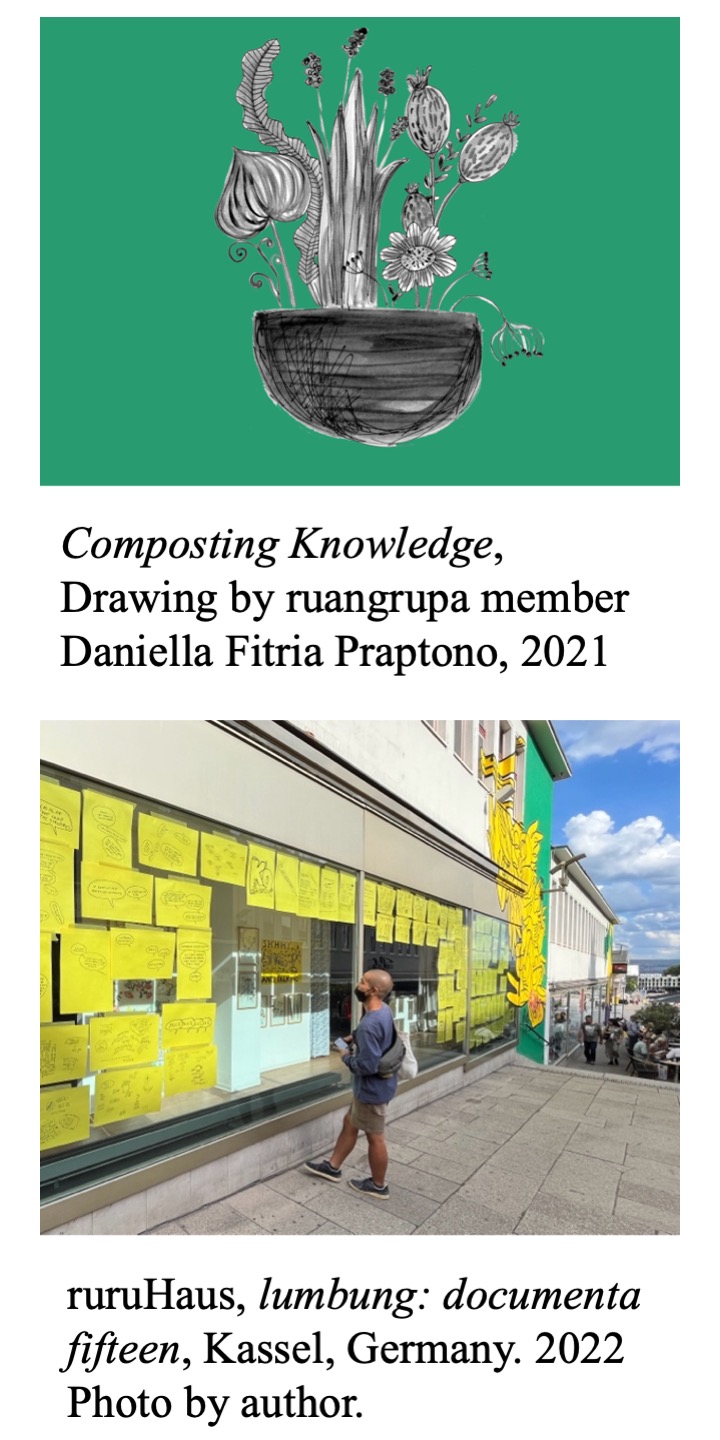Creative Interspecies Conversations: Art and Ecological Thinking
表現工学科 James JACK(ジャック・ジェームズ)
What can we learn from more than human species? Art provides a method for understanding other species. I have seen Chinu fish communicate feelings with each other and Uguisu singing to talk to other species who are listening. Earthworms tell stories to each other as they dig, eat and reproduce inside of the soil. Some conversations can be observed with our senses keenly attuned to other species, and others require imaginative leaps based on our own lived experiences. Artists including myself open spaces for creative interspecies communication such as a guide to loving water, to learn from living materials.
For example, observe a plant in your immediate surroundings now. A round leafed Crassula ovata (kane no naru ki) plant sits near me while writing this article with bright pink buds preparing to blossom even in the coldest days of winter. Recently each of my students brought a plant and a story to class where we all learned of intimate kinships with these living things as friends. In kinship with the more than human world, ethnobotanist Gary Paul Nabhantouches a plant each day to get away from the computer. When we connect with plants away fromour devices, we return refreshed in our digital communications linked with other species. These conversations can be inserted into the screens we are on right now and shared through fresh waves of wifi.
Conversations with other species take colorful forms in artworks. For example, “Shhhh! Plants Talking” artwork displayed as part of lumbung: documenta fifteen encourages us to shift our dailiy communications to include botanic friends. This bright yellow artwork displayed at facing a public street with frequent pedestrians reminds humans to pay attention to plants in our daily conversations. It existed within the ecosystem of an upcycled shopping center repurposed to become ruruHaus, the central hub of activity in this quinquennial exhibit. The free admission public art spaces of ruruHaus are alive with conversations over coffee beans, fishing nets and brewed hops including activations by the Composting Network my art collective is a part of.
The sea is also full of other than human species for us to learn from. For example, in Setouchi (Kagawa Prefecture) the Teshima Art Museum is an open teardrop shape enhances human sensitivity to self in connection with other species. Sounds of the wind, uguisu birds and the occasional falling leaf resonate off the softly bleached walls and floors of the museum designed by architect Ryue Nishizawa and artist Rei Naito. A space that is both indoor and outdoor at the same time, micro water droplets are transformed into gigantic geological shapes inside of this expansive space. On the nearby island of Naoshima, the artwork Slag Buddha 88 – Eighty-eight Buddha Statues Created Using Slag from Industrial Waste at Teshima transforms human waste into sculptures of healing for the environment. Artist Ozawa Tsuyoshi is deeply concerned with the positive impact humans can have on each other, plants and animals including a current fascination with behavior of goats for a new artwork.
As an artist and researcher, I communicate with what Van Horn calls “other than human species” and share these transmissions with others in creative ways. Deep listening to water, plants, seaweed, fish, birds and more than human life nourishes ecological thinking. Respectfully working with waves of wifi, I aim to spread positive relations between species in exhibits, teaching and publications. In symbiosis with other disciplines, art opens opportunities to learn together in open ways where sharing benefits diverse species and elements involved in dialogue.



